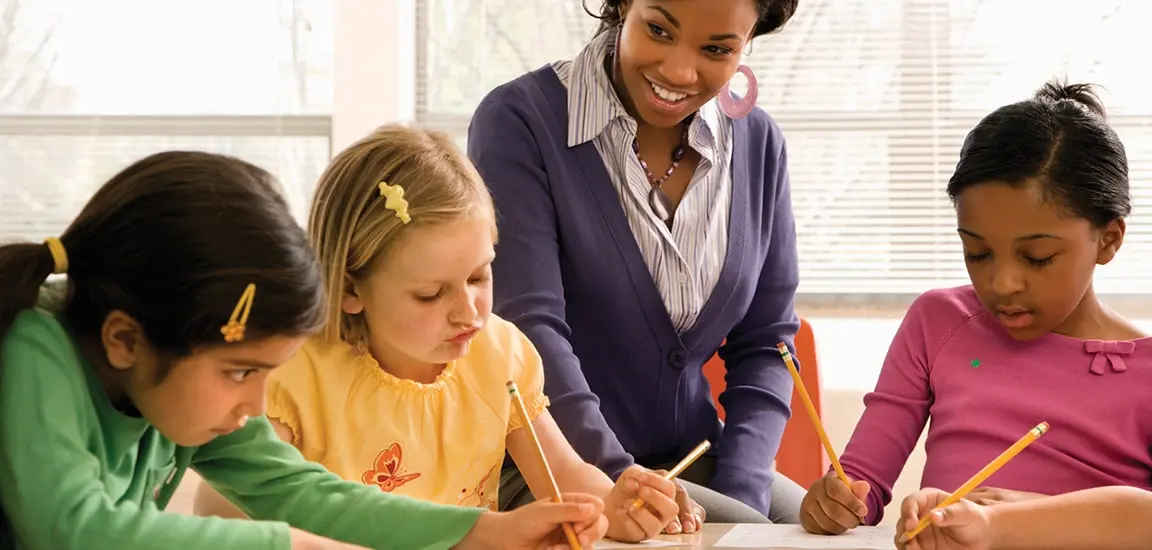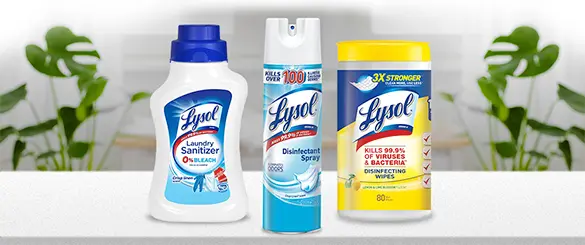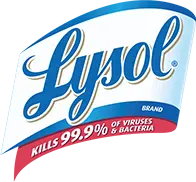Hand Washing
Hand Washing Games & Lesson Plan for Kids
Staying healthy doesn’t have to be a mystery! Teach students to crack codes that reveal healthy habit messages about handwashing and other ways to stay well year-round.

Download the Code Breakers PDF
Goals and Skills
Students Will:
- Recognize patterns using numbers and letters and use them to solve codes
- Conduct and collaborate on a short research project on codes
- Reinforce basic hygiene habits
- Demonstrate the importance of hygiene for reducing the risk of illness
Supplies and Preparation:
- Large copy of the chart on page 4 (for a group effort) on the board using a projector OR
- Make copies of the chart on page 4 for everyone in the class
- Pencils
- A surprise healthy treat—such as fruit or vegetables and healthy dip
- Access to a sink with soap, water, and towels or air dryers
- Access to computers and internet connection, or library resources
INSTRUCTION STEPS
1. Set the Scene.
Before students arrive, write out the chart on the board, or use a projector to display it, and cover it up. (Alternately, you can print out copies for everyone in the class.)
Tell students that they will be cracking a mysterious code. Explain that you have a surprise treat that you’ll reveal when everyone in the class has decoded your secret message.
2. The History of Codes.
Before the class begins to solve the code, introduce a brief history on how codes have been used in the past. Start by asking students:
- What is a code?
- What are codes used for? Why would someone want to use a code?
- What types of codes have you used/seen?
Explain that throughout history, people have used codes to communicate. For example:
- Prehistoric people used cave art with symbols and drawings to communicate and tell stories
- In the mid-19th century, people used Morse code to send telegraphs
- Modern languages use symbols and letters to represent meaning
- Today, many codes depend on fast computers using complex math algorithms to make or break codes (i.e., binary code)
- Talk with students about other uses for codes in everyday life, such as:
- Police and firefighters
- Doctors, nurses, and hospitals
- Baseball players
- What other examples can they think of?

3. Code Breakers.
Have students work in pairs or small groups to learn more about one of the historic examples of their choice. For example, students can look into Morse code, binary code, baseball signals, etc. Provide students with access to the internet or library so they can do their research.
Encourage them to gather information during their research to explain the following:
- What code they researched
- Who invented it and why
- When and how it was used
- An example of how to read/understand the code
Invite students to share summaries of their research on different codes with the rest of the class. They can present what they learned via posters or short written reports with drawings.
4. Challenge.
Now it’s finally time for students to try the challenge! Reveal the code on the board, or distribute copies to everyone in the class. Tell the class to work it out as fast as they can.
5. Solve and Reflect.
The answer is, of course: Wash Your Hands. Have everyone wash their hands after they have solved the code. When all their hands are clean, you can serve a healthy snack (be mindful of any student allergies) or hand out a healthy or nonfood prize as a reward.
Ask the class to discuss why washing hands is so important before meals and snacks.
6. Extend the Lesson.
Have students research other codes to try on each other, or to bring home and try with their families.
7. Home Connection.
Ask students to create a secret healthy habits code with their family and friends. Encourage them to share the codes in the following healthy places:
- On lunch bags
- In a fruit basket
- Under pillows
- Next to toothbrushes
Download the Code Breakers PDF
DISCLAIMER:
Healthy Habits® is Presented by Lysol® in collaboration with NEA and National PTA
SOURCES:
Education Standards: (NHES) Health: 1.5.1, 1.5.4, 7.5.1; (CCSS) English Language Arts: W.4-5.2, W.4-5.6, W.4-5.7, SL.4-5.2; (CCSS) Mathematics: 4.OA.C.5, 5.OA.B.3
CDC – Be A Germ Stopper Poster
https://www.cdc.gov/handwashing/pdf/294906-handwashing-superhero-boy-p.pdf
https://www.cdc.gov/handwashing/pdf/294906-handwashing-superhero-girl-p.pdf
CDC - BAM! Body and Mind https://www.cdc.gov/healthyschools/bam/teachers.htm
CDC – Healthy Schools Parent Engagement Materials https://www.cdc.gov/healthyschools/parentsforhealthyschools/p4hs.htm
CDC - Handwashing Posters https://www.cdc.gov/handwashing/posters.html
CDC- Handwashing Stickers https://www.cdc.gov/handwashing/stickers.html





